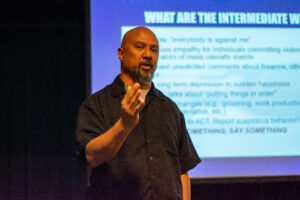![]() Call Now: (213) 536-7242
Call Now: (213) 536-7242
Monday - Friday: ![]() 9.00am to 5.00pm
9.00am to 5.00pm
How Active Shooter Insurance Can Support Campus Safety Initiatives
August 23, 2024 10:16 am
With active shooter events increasing, educational institutions remain relevant in improving campus safety strategies. Security employs security guards, CCTV cameras, and training on how to conduct themselves in the event of an active shooter. The financial and operational consequences of a real-life situation are astounding. This is where active shooter insurance comes into the picture.
This type of insurance does more than just offer financial coverage; it supports and improves the current paradigm of safety on campuses and emergency management strategies.
The Financial Safety Net Provided by Active Shooter Insurance
We developed the unique policy for active shooter to address events following an active shooter rampage. The old safeguards, as effective as they are, provide less than the depth of economic losses that result from such occurrences. It will establish a financial protection cover to help educational institutions manage the various costs incurred in such an occurrence.
As with most mass catastrophes and active shooter events, the costs can quickly add up. They include, for example, primary health-care costs for the affected persons, psychological treatment for the victims, legal assistance, and possible legal claims. These expenses are covered by active shooter insurance, making it easier for institutions to bear them. Problems:
With this coverage in place, the institution won’t have to deal with numerous other issues, which could be the primary motivation for requesting reimbursement. Furthermore, it can streamline the crisis management and information-sharing process.
Communication with the stakeholders and management of the crisis is essential after an active shooter incident. Insurance coverage can provide funds to hire crisis response specialists, who, in turn, will help coordinate actions and communicate so that the institution can manage the situation and support the community.
Enhancing Emergency Response Plans with Active Shooter Insurance
In an active shooter situation, risk management necessitates the development of an adequate emergency response plan. During training and negotiations with the police, schools and other institutions will develop complex plans. However, fine-tuning any crisis implementation plan may lead to its failure at some point. It can supplement these emergency response plans by providing extra tools and services during and after the event.
Active shooter insurance coverage empowers institutions to establish response teams, including psychologists and communicators. These teams play a significant role in mitigating the incident’s operational and future consequences. Professional counselors, social workers, or psychologists can offer psychosocial support to affected persons. At the same time, public relations professionals can handle celebrity control. These are some of the costs that insurance for active shooter covers. In this way, it guarantees that an institution will have the necessary services to manage an active shooter incident successfully.
Furthermore, active shooter insurance can help with returning an order. After an incident, campuses may need to fix or rebuild the affected infrastructure and handle the psychological well-being of the community members. Insurance coverage can go a long way toward addressing these costs, making it easier for institutions to practice their core business of teaching and support.
Tailored Coverage for Unique Challenges
It is important to note that university and college campus has its own difficulty when it comes to safety. large and diverse cohort and intricate characteristics of each campus make it difficult to control the situation when the active shooter is present. Insurance options for active shooter insurance for college are designed with such needs in mind.
Active shooter insurance must be of value in covering expenses peculiar to the large-scale shootings that may take place in colleges. A college campus has numerous activities that involve large groups of people, and therefore the consequences or casualty of an active shooting incident will be severe. Insurance assistance is vital in regulating the financial impacts of such incidences; therefore, colleges provide all the necessary support a community needs during the recouping period.
As for the services for students and employees, active shooter insurance for colleges also implies compensation for such costs. Professional psychological assistance and counseling are critical because people, who had to face an active shooter, need help to overcome the trauma. Insurance guarantees that the colleges do not have monetary barriers in the provision of these basic services to their students.
Additionally, active shooter insurance can help colleges meet compliance requirements and demonstrate their commitment to campus safety. Insurance providers often require institutions to have robust safety measures and emergency response plans in place as a condition for coverage. This incentivizes colleges to continually improve their safety protocols and stay current with best practices.
Conclusion
Incorporating active shooter insurance into campus safety initiatives and emergency response plans has a significant benefit for educational institutions. By offering financial protection, enhancing crisis management efforts, and providing tailored college support, active shooter insurance coverage complements and strengthens existing safety measures. As institutions prioritize their students’ and staff’s safety and well-being, active shooter insurance for college is crucial to a comprehensive approach to campus safety. With the added layer of support from active shooter insurance, colleges and universities can better manage the impacts of an active shooter event and focus on their core mission of education and support.
CONTACT US






